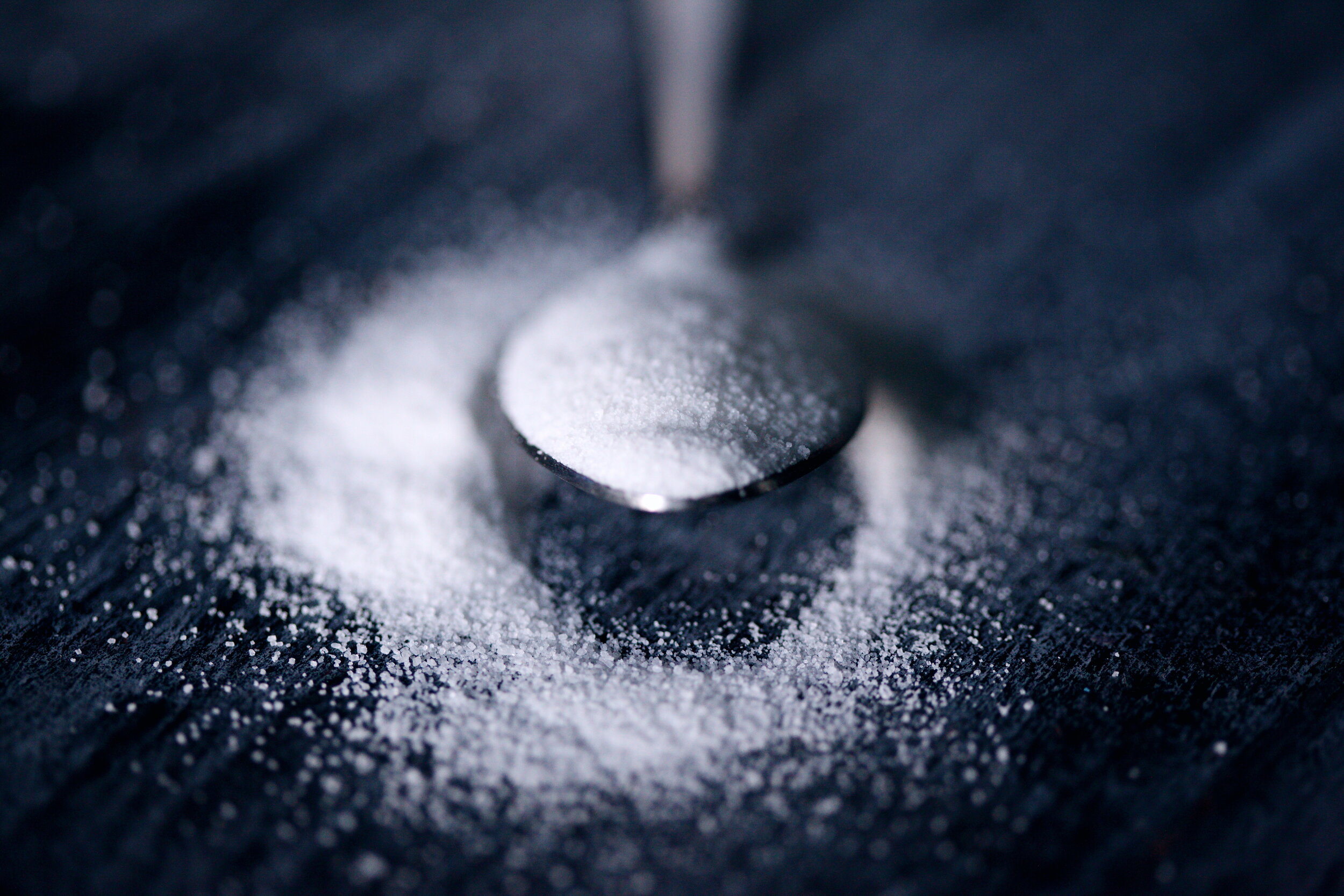You can go with this, or you can go with that!
/One of my favorite ways to unwind and relax is cooking. There’s something therapeutic about creating a meal from scratch while listening to music and maybe enjoying a glass of wine! But what I’m even more passionate about is creating healthy meals that are full of life-giving nutrients. I think that it can sometimes feel overwhelming to attempt a meal that is healthy but also tastes good and still allows you to feel like you are indulging rather than punishing yourself. That is why I thought it might be helpful to share some of my simple substitutes that I use with everyday recipes to make them a little bit healthier without feeling like I’m totally depriving myself.
Butter. While it’s absolutely delicious, it also contains dairy. Many people experience digestive problems when consuming dairy products and often times eczema and other skin problems as well as allergies and sinus congestion can be exacerbated by dairy. If you’re really looking for that buttery flavor without the lactose, ghee is a great option. Ghee is also known as clarified butter, which basically means that butter is heated until the water in it evaporates and the milk solids separate from the fat by either floating to the top or sinking to the bottom. Those milk solids, which contain lactose, are removed and you’re left with ghee, a nutty and tasty butter alternative. [1] If you don’t care about the butter-flavor factor or you’re wanting to avoid lactose-free dairy product all together, then coconut oil is a great option! Simply replace the called-for butter with the same amount of coconut oil and keep on cookin.
Milk/Cream. As I mentioned above, dairy seems to be a problem child for a lot of people these days. Two of my go-to’s when a recipe calls for milk are almond milk or coconut milk. I typically look for an almond milk that doesn’t have any added preservatives or gums. Malk is a brand that I grab often, but there are a few options out there! Canned coconut milk is another solid option when you’re looking for something a little more creamy. I should mention that coconut milk may have a slightly “coconuty” flavor so if that is going to mess with your palate then you may want to consider another nut milk such as cashew.
Rice. While it is a gluten free complex carbohydrate, it is a grain and may be hard for some people to digest. Other people may looking to cut out high carb foods or simply get more veggies in their diet. Cauliflower rice is a wonderful alternative! You can make it using a head of fresh cauliflower and a food processor or you can buy it pre-made in the freezer section of your local grocery store. If I’m making a dish that is typically served over rice, I’ll simply substitute the cauliflower rice for regular rice. The addition of cauliflower rice to a meal is a great way to load up on antioxidants and fiber! [2]
Pasta. Often times pasta is one of the major foods that are mourned when someone is deciding to cut gluten and/or other processed carbs out of their diet. The good news is there are several plant-based options! Zucchini noodles (also known as Zoodles) are one of my favorites. You can make them yourself using a spiralizer and fresh zucchini or you can purchase them pre-made in the produce section at most major grocery stores. Along the same lines, you can also spiralize sweet potatoes, butternut squash or beets. If you’re not up for spiralizing or paying the extra money to purchase pre-spiralized veggies, another option is spaghetti squash. Simply cut the spaghetti squash in half and roast in the oven until soft. Scrape the inside out with a fork and it will somewhat resemble angel hair pasta. If a recipe involves serving something over pasta, give one of these veggie options a try!
Sugar. It’s one of the most addictive food items in the American diet and you’ll find it hidden in things you would never suspect! Linked with obesity, heart disease, obesity, high blood pressure and high cholesterol, it’s something I like to avoid whenever possible. Luckily there are some great alternatives to sugar. Honey and maple syrup are probably my favorites. Not only are they full of minerals and antioxidants but you are able to achieve the same amount of sweetness you would with sugar, but using less! [3] If you’re looking for something that is granulated rather than liquid, monk fruit is a great option. Something unique about monk fruit sweetener is that is doesn’t contain fructose or glucose because the sweetness actually comes from an antioxidant in the fruit rather than the fruit itself. [4] Monkfruit sweetener is typically sweeter than sugar so be sure to add to taste when using it!
As you can see, once you have a toolbox of healthy alternatives it is fairly easy to make substitutions while cooking. If you’re apprehensive, it’s easiest to make one change at a time rather than switching everything at once!
We really just scratched the surface of healthy cooking so, if you have a favorite food or meal that you would like to make healthier, we would love to hear about it and give you guidance and possibly include it in part 2 of this blog post. Leave a comment below or message us on social media with any requests or questions.
Resources
1) Is Ghee Dairy-Free? What to Know About This Butter Alternative (Retrieved July 8, 2020) https://spoonuniversity.com/lifestyle/is-ghee-dairy-free
2) April 14, 2017. The Top 8 Health Benefits of Cauliflower (Retrieved July 8, 2020) https://www.healthline.com/nutrition/benefits-of-cauliflower#section2
3) June 24, 2019. Are Sugar Substitutes Like Honey And Maple Syrup Actually Healthier Than The Real Deal? (Retrieved July 9, 2020) https://www.chatelaine.com/health/healthiest-sugar-substitutes/
4) June 14, 2019. Monk Fruit Sweetener: Good or Bad? (Retrieved July 9, 2020) https://www.healthline.com/nutrition/monk-fruit-sweetener#benefits




